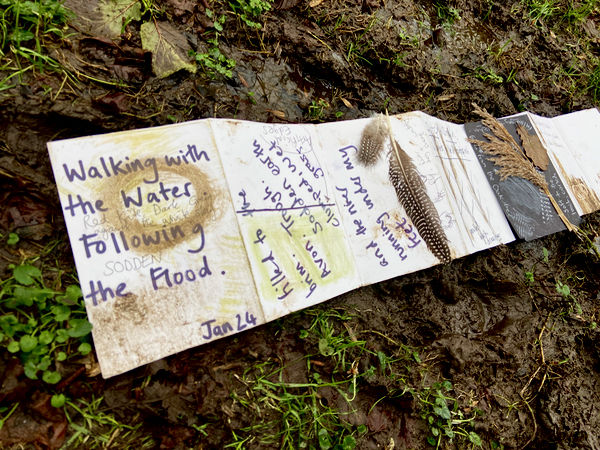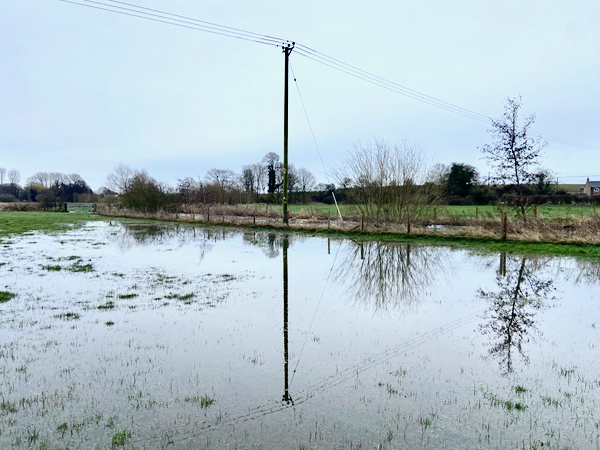It’s been a while since I’ve been on a Queer River walk, although like the river itself, my Queer Rver research doesn’t stick within the boundaries that I originally used to define it. Instead they evolve as the work progresses, with the words that I use to describe it changing to fit with what I’ve learned.


After originally starting out working with my local section of the River Avon in Wiltshire (the western arm of the upper reaches of the Hampshire Avon), my river related work eventually spread out to Glasgow, Hampshire, Norfolk, Reading and via online events and exhibitions, connecting with rivers and their people nationally and internationally, as well as forming the foundations of my work on The Ripple Effect in Salisbury.
I later shared that I was setting up a sister project, Neuroqueer Ecologies, the research from which has now informed the planning of residencies with Spud in the New Forest (beginning March 2024) and Found Outdoors (research and funding application underway to start April 2024).


I’ve described Neuroqueer Ecologies as a project, but see it as more than that, as an approach which underpins all of of my practice whether I’m explicit about that or not, and which in time will see me collaborating specifically with other autistic and otherwise neurodivergent people.
As with Queer River, the boundaries of this Neuroqueer Ecologies approach are permeable, and flow thoughout my work and my life. I am queer, I am neurodivergent, the ways that I relate to the world are informed by that, so it will always be more than a neatly tied up project.
It can be hard to describe and communicate the nature of approaches that seek to allow things to be as they are in reality, sharing their fluidly and queerly connected systems of relationship rather than simplifying and abstracting them.


And what now for Queer River, with a New Year begun, and boundaries between projects continually dissolving and shifting? Now that The Ripple Effect has come to an end, I’m thinking again about where to take my Queer River research. I visited Groundwork Gallery in Kings Lynn last month to start to plan a short residency working with Kings Lynn’s rivers, which I’m excited about, and will share more as details are confirmed.
I’m also still developing plans to deepen my work with the Bristol Avon, and to consider the relationship between river and canal restoration, following a really interesting conversation with Professor Jodie Matthews in the Autumn, author of The British Industrial Canal – Reading the Waterways from the Eighteenth Century to the Anthropocene.


Right now though, my mind is on flooding. Outside my home I’ve been watching the rain come down constantly for weeks. There’s no doubt in my mind that the increased rainfall and the saturated ground, flooding the fields as the Avon breaches its banks, are due to the effects of climate breakdown.
Everywhere the ground is sodden (I love that word). Temporary streams run from fields, carrying away the precious soil, or the darker stained water of piled up pig manure, to run into roadside ditches that lead on to the river itself.


Earlier today I went back to my local stretch of river where Queer River began, to see the flooded fields, and witness the shifting relationship between land and water. I took some blank walking pages and black/white mark-making materials, to match the starkness of the raw, wet, bare branches and barren fields that dominate the landscape right now..
I’ve included a few photos and short video clip here to give a taste of the walk and the resulting Walking Pages..

